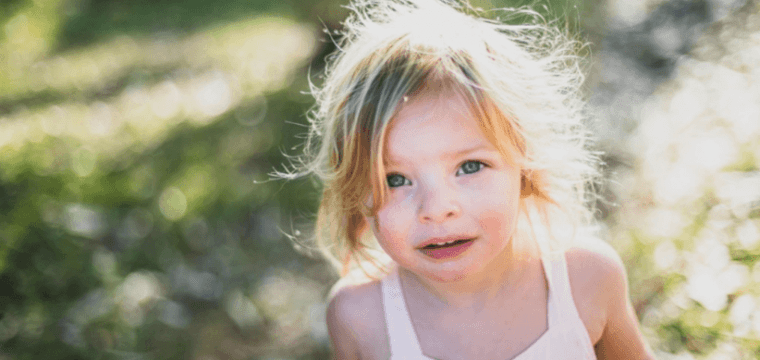
Proprioception is your awareness of where your body is in its position and space. It is important so that we can keep our body balanced and strong but it is also very important for our feeling of wellbeing particularly for children.
If you have ever been car sick or seasick you know what it’s like to lose your sense of proprioception. But this can also happen in more subtle ways that effects your brains ability to function without the obvious feelings of nausea that accompany seasickness.
There is constant feedback between all of the joints in your body and your cerebellum (the part of the brain responsible for balance and muscle tone) as well as your cerebrum (the part of the brain for higher functions like concentration, mood and wellbeing) your middle ear.
This feedback occurs whether we are constantly moving, lying down, asleep or awake.
For children it is also important as it tells a child where their body starts and ends and where another child’s body starts and ends so it is very important for when they begin to play with others.
An Easy Test
An easy test to see how your child’s proprioception is going is to get them to stand with their eyes closed and feet together. If their proprioception isn’t as good as it should be they will have problems maintaining their balance in this position. So if your child is more clumsy than you think they should be or even finds it very difficult to stay still for a length of time then they may have a proprioceptive problem.
Other signs are difficulty riding a bike, not wanting to go on a roundabout at a park or even if they have problems understanding other people’s personal space this may be if they have a problem with where their body starts and ends.
Other tests that we perform are the finger to nose test. Which once your child is of the correct age they will be able to touch someone else’s finger at a distance from them and then touch their nose and do this with both their head turned to different sides and have the target move.
We will get your child to stand on one leg, walk like on a tightrope or even just stand on one leg with their eyes shut.
All of these tests give us different information as to whether it is a problem with the child’s ears, their balance centres in the ears, the balance centres in the brain, the movement of their eyes or even if they are getting enough information from the arms and legs back up to their brain. Occasionally a child may have primitive reflexes that have not integrated properly such as the spinal galant reflex that effects spinal stability.
Depending on what the results are we then may give them exercises to help.
Supporting your child’s neurological development as well as their proprioception is a big part of what we do at Platinum Chiropractic Erina as it helps give your child a feeling of security about where their body is and helps them to improve their coordination and balance.
Here is some research about persistence of primitive reflexes and the effects.
Titled Persistence of primitive reflexes and associated motor problems in healthy preschool children.
https://www.ncbi.nlm.nih.gov/pmc/articles/PMC5778413/
Arch Med Sci. 2018 Jan; 14(1): 167–173.
Published online 2016 Jun 13. doi: 10.5114/aoms.2016.60503

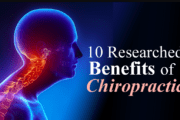
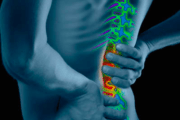

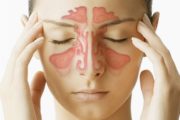

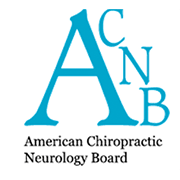
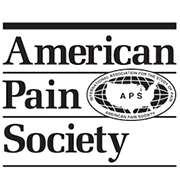
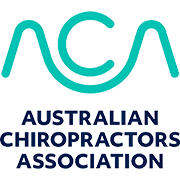
Comments